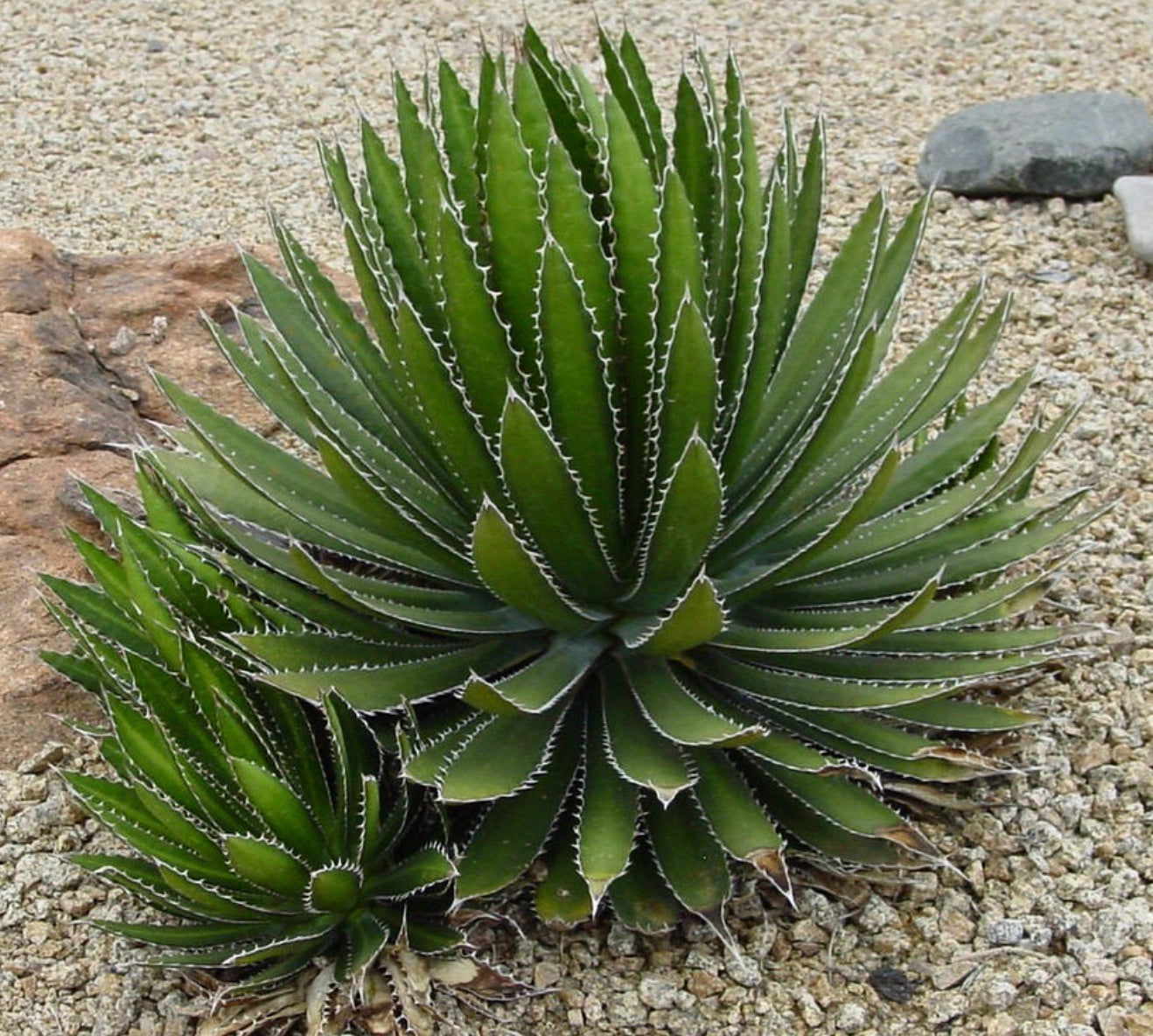- Seeds
Agave lophantha SEEDS
Agave lophantha SEEDS
Regular price
€1,90 EUR
Regular price
Sale price
€1,90 EUR
Unit price
per
Tax included.
Shipping calculated at checkout.
Couldn't load pickup availability
Product Description
Botanical family: Asparagaceae
Botanical genus: Agave
Botanical species: Agavaceae
SKU:BA-2381-S


